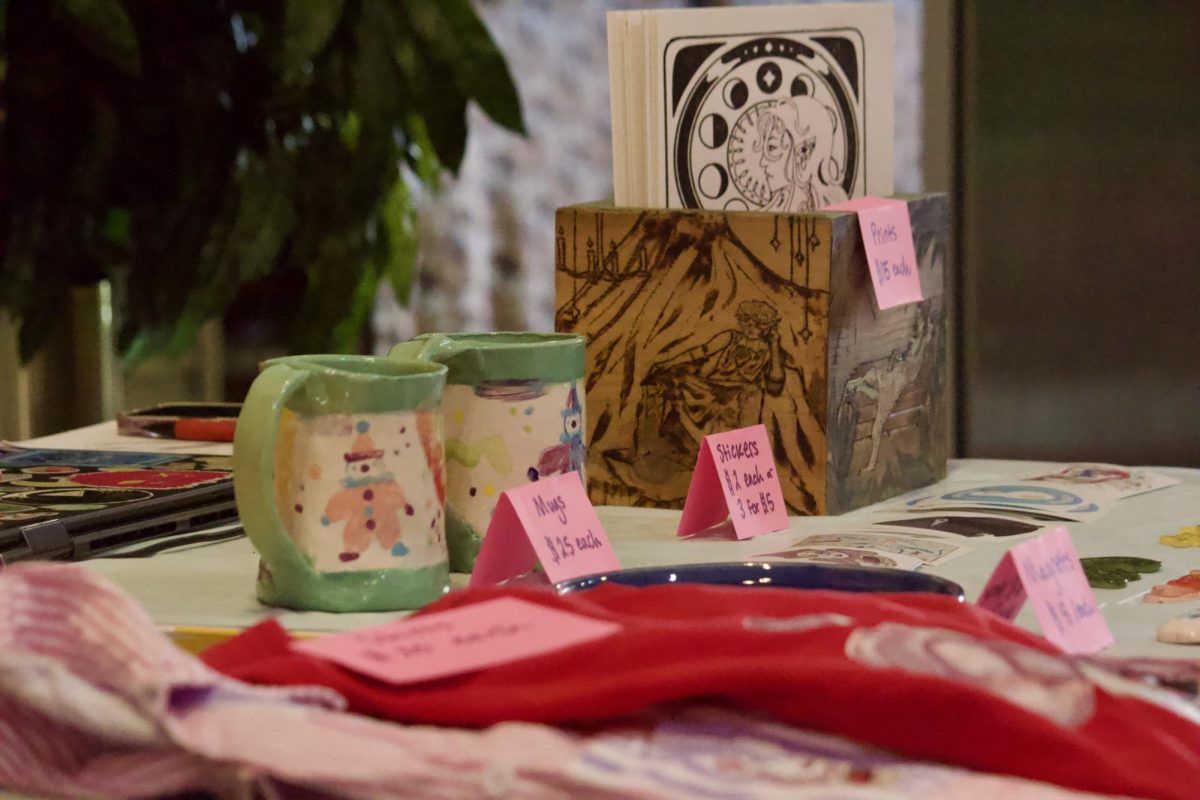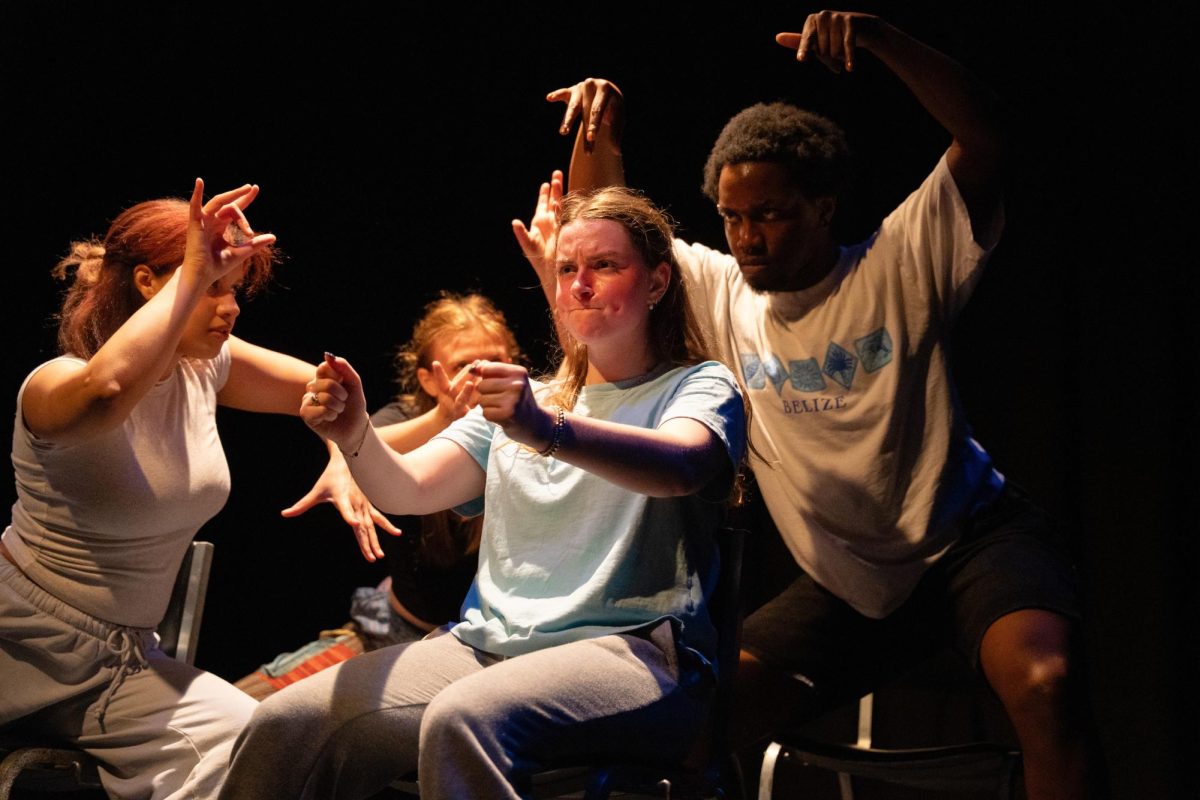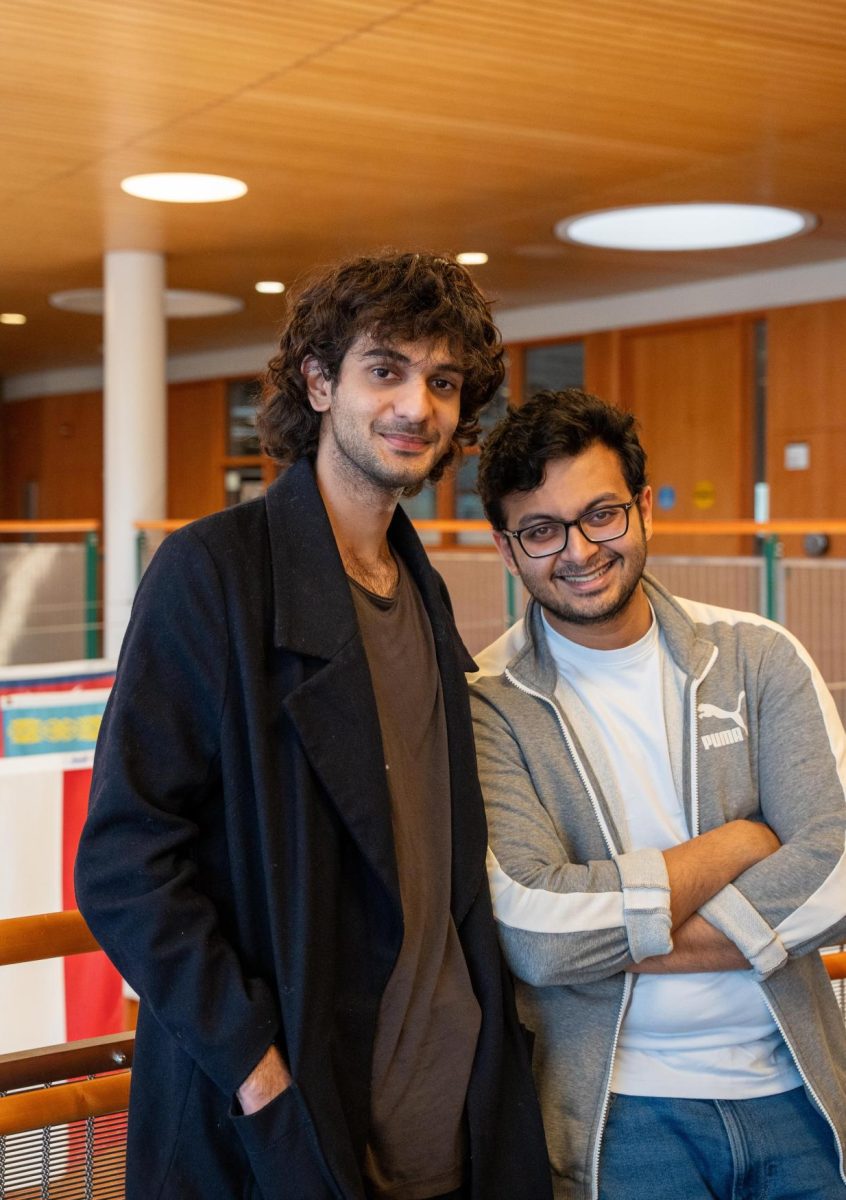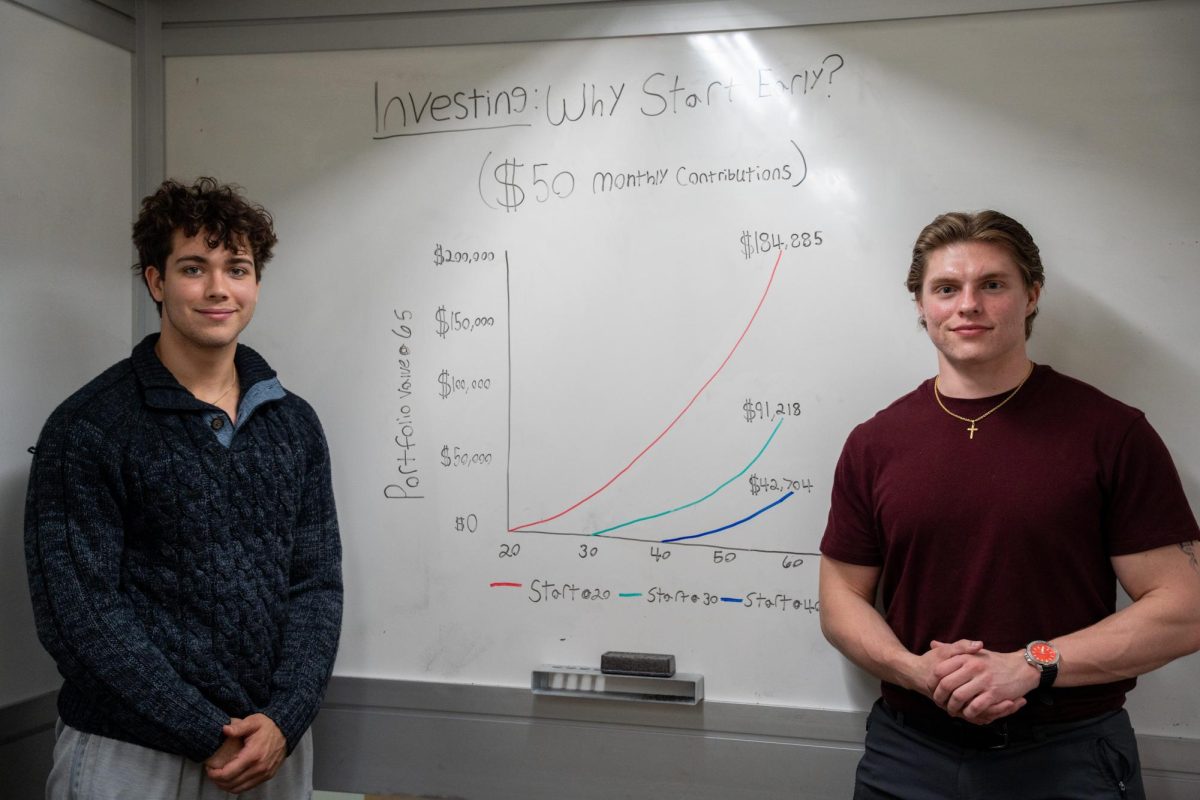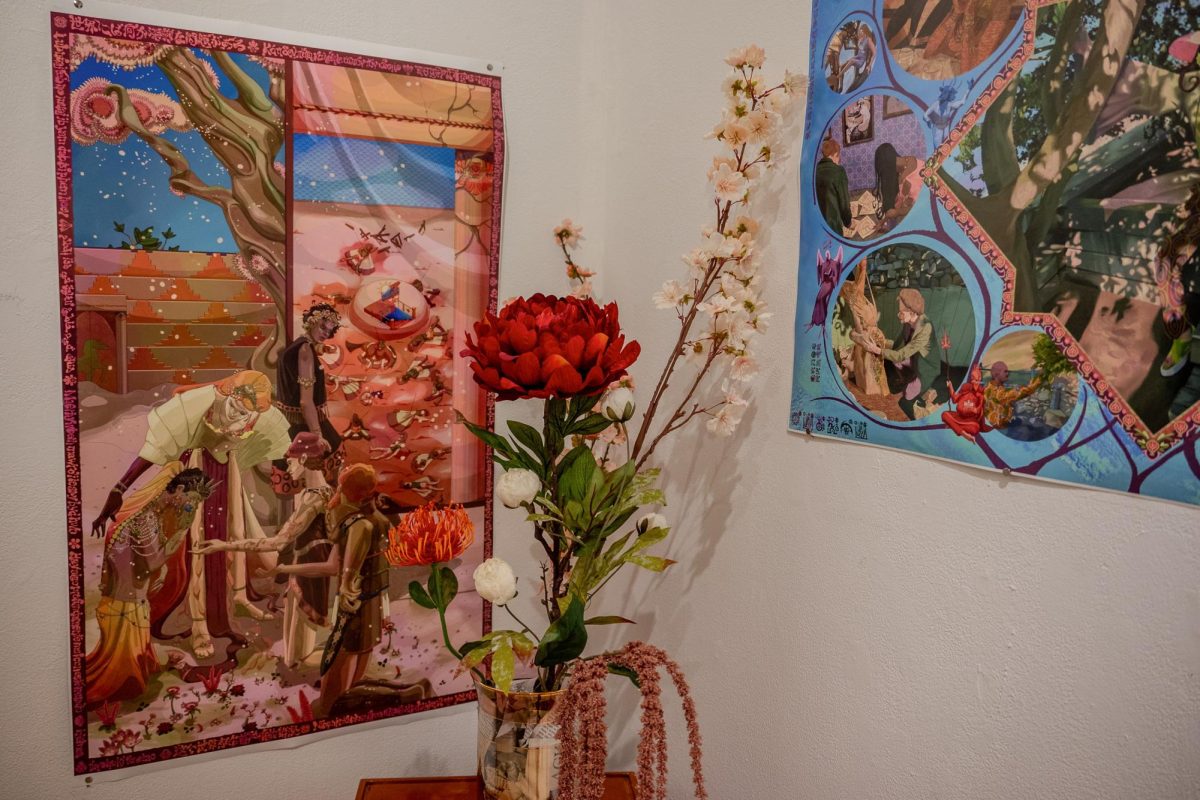Mira Braneck
braneckm@grinnell.edu
A series of musical performances and events called “Carnival and Creativity: Sounding Community in Post-Katrina New Orleans and Post-Quake Haiti” began last night and will continue into this evening, Feb. 12. The program aims to both celebrate and bring awareness to New Orleans’ Mardi Gras and Haiti’s Carnival festivities.
The series marks the tenth anniversary of the first Mardi Gras celebration after Hurricane Katrina and the fifth anniversary of the first Carnival after the Haitian earthquake.
“Both of those celebrations represented a real kind of community-building experience in those locations,” said Professor Mark Laver, Music, and organizer of the “Carnival and Creativity” series. “It was moments where there was this real expression of community and vitality, at a time when the media was totally fixated on the sights and sounds of catastrophe. To be able to present a kind of celebratory ethos in the wake of all of the calamity is a powerful thing to do.”
The series kicked off with a New Orleans Brass Band workshop, where students and members of the public could watch the jazz ensemble rehearse. Bennie Pete of the Hot 8 Brass Band, a renowned New Orleans brass band that can be seen in HBO’s “Treme” played along with the band and talked about being a musician in New Orleans and his personal experiences.
The workshop was followed by “If You Don’t Like What the Big Queen Says, Just…: An Evening with Queen Reesie.” Queen Reesie, or Cherice Harrison-Nelson, is the curator of the Mardi Gras Indian Hall of Fame and the Big Queen of the Guardians of the Flame Mardi Gras Indians.
There was also a roundtable discussion moderated by Laver that included Harrison-Nelson, Gage Averill, Dean of Arts at the University of British Columbia, Pete, Hot 8 Brass Band’s tuba player and Tess Kulstad, Anthropology.
Tonight, the Grinnell Jazz Ensemble, directed by Laver along with guests Pete and Harrison-Nelson, will perform typical New Orleans jazz and brass band music.
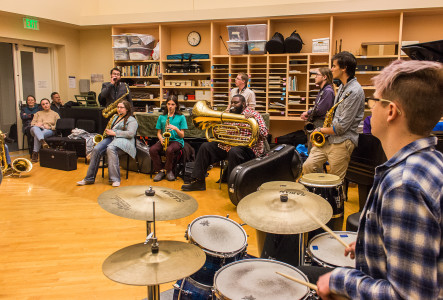
The series comes to Grinnell at an interesting time, in light of the recent break of the College from the New Orleans Posse.
While Laver started planning the series in August, about six months before he even knew of the break from Posse, he now hopes that it can help the New Orleans Posse students feel welcome.
“It’s kind of a coincidence that this is happening so soon after what [happened] with the Posse class,” Laver said. “I don’t want to make it sound that it was an instrumental thing, like this is an apology on behalf of the institution. But I do know that the institution makes an effort to make Posse students in particular, and students from diverse students in general … [feel welcome] to make a space for themselves here.”
Others see the series differently.
“For me … it’s very backhanded,” said Jamal Preston ’19, member of the Jazz Ensemble and the New Orleans Posse. “Mardi Gras as we know it is very innate to just New Orleans … and for there to be the cancellation of New Orleans Posse, but still the school itself is backing the celebration of New Orleans … How can you celebrate something that you openly cancelled and [not] really explain why?”
While the series was planned before the break with Posse, Laver now hopes that it can have the dual effect of educating about Mardi Gras and the culture of New Orleans and while also helping the Posse students feel supported.
“… For people of color, particularly people of color from the South, those communities continue to be underrepresented here,” Laver said. “Not for any lack of trying on the part of the institution, it’s part of an ongoing effort that we all have to make. I would say that this is part of that broader effort to make Posse students feel at home, with a particular emphasis on New Orleans.”
Laver primarily intended for the series to educate people on the current cultural climate of New Orleans.
“New Orleans is often understood to be just historical or nostalgic,” Laver said. “One thing I try to do in my jazz history classes, and what we’re trying to do with this event, is situate New Orleans in the current life of jazz music and African-American music-making in the United States.” With a variety of important musical and cultural figures,the event series certainly accomplished this goal.








